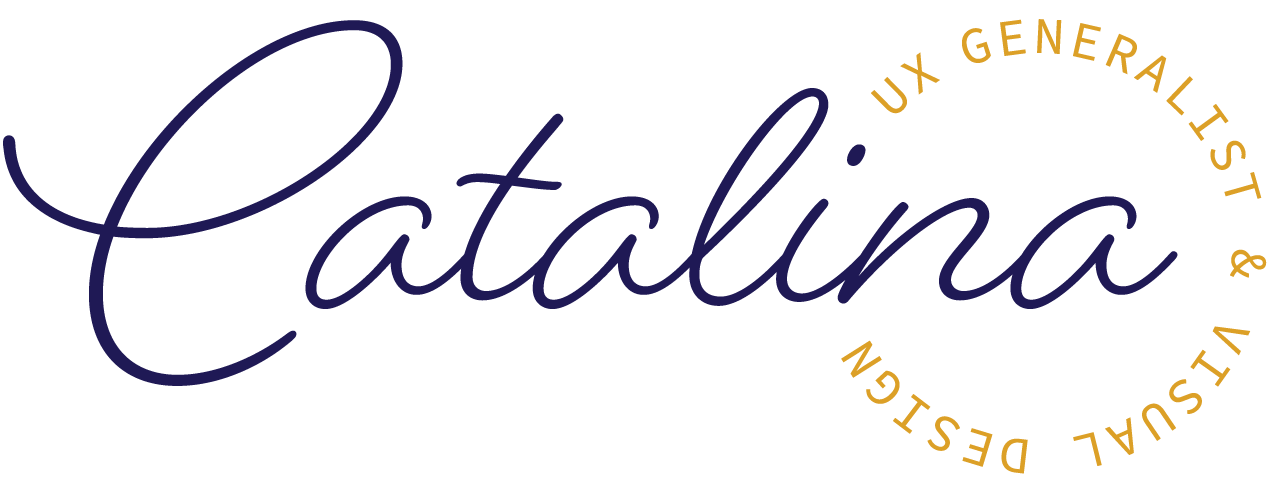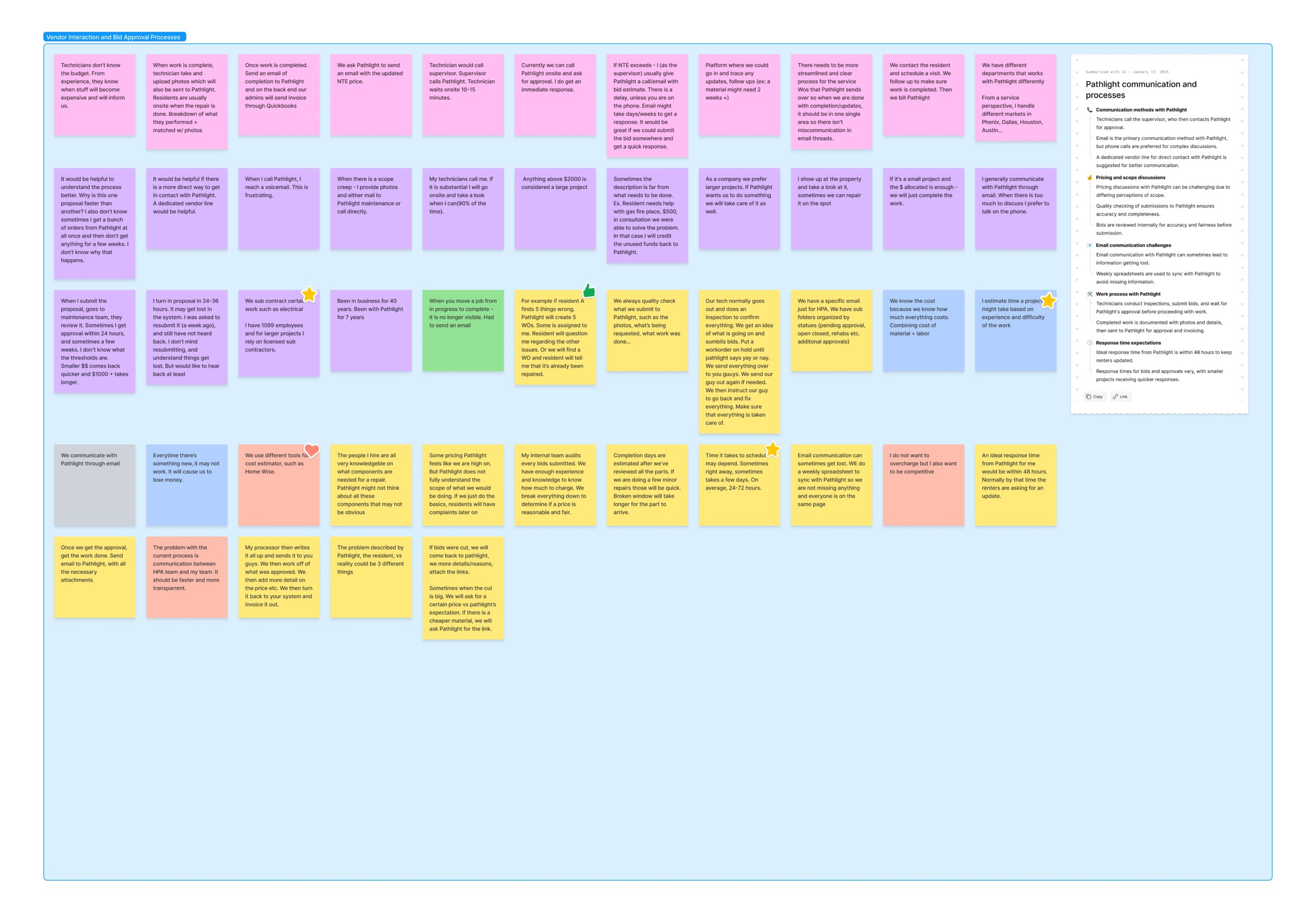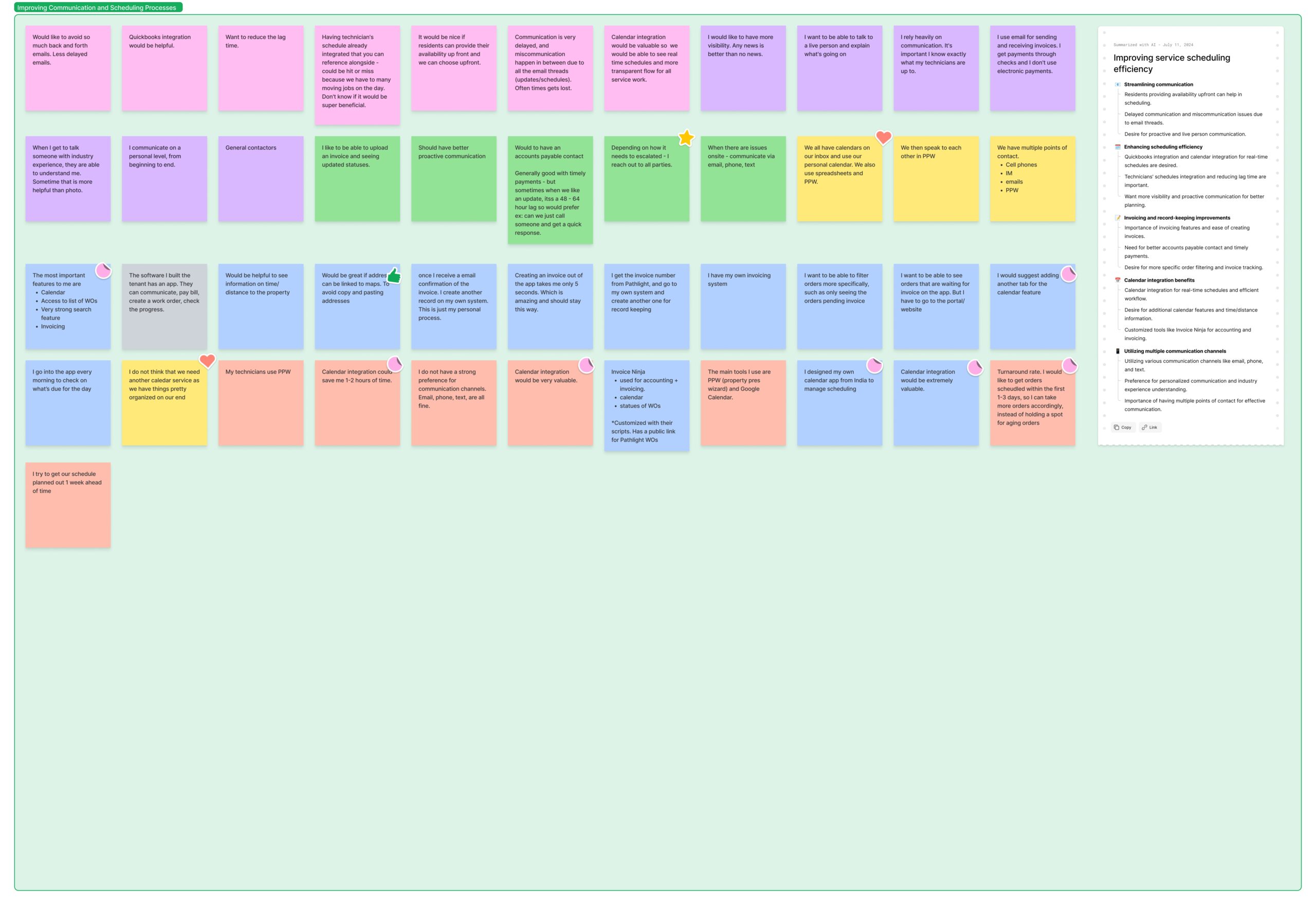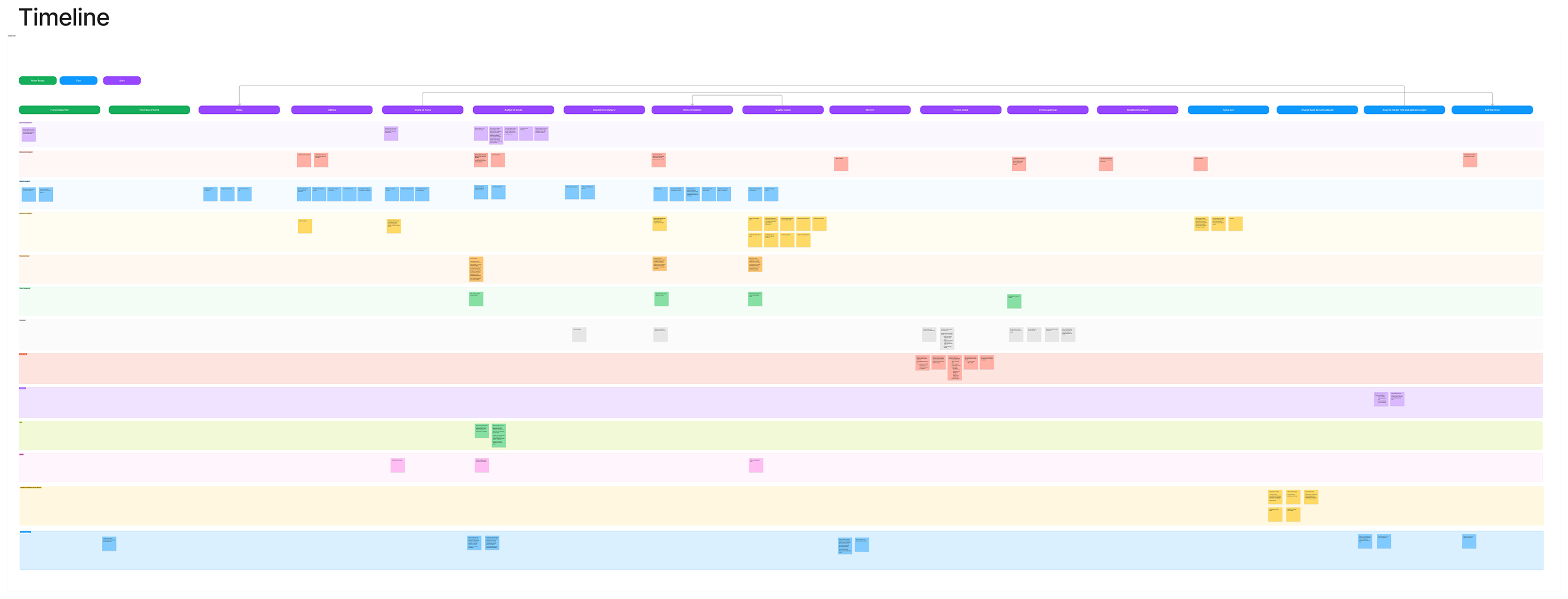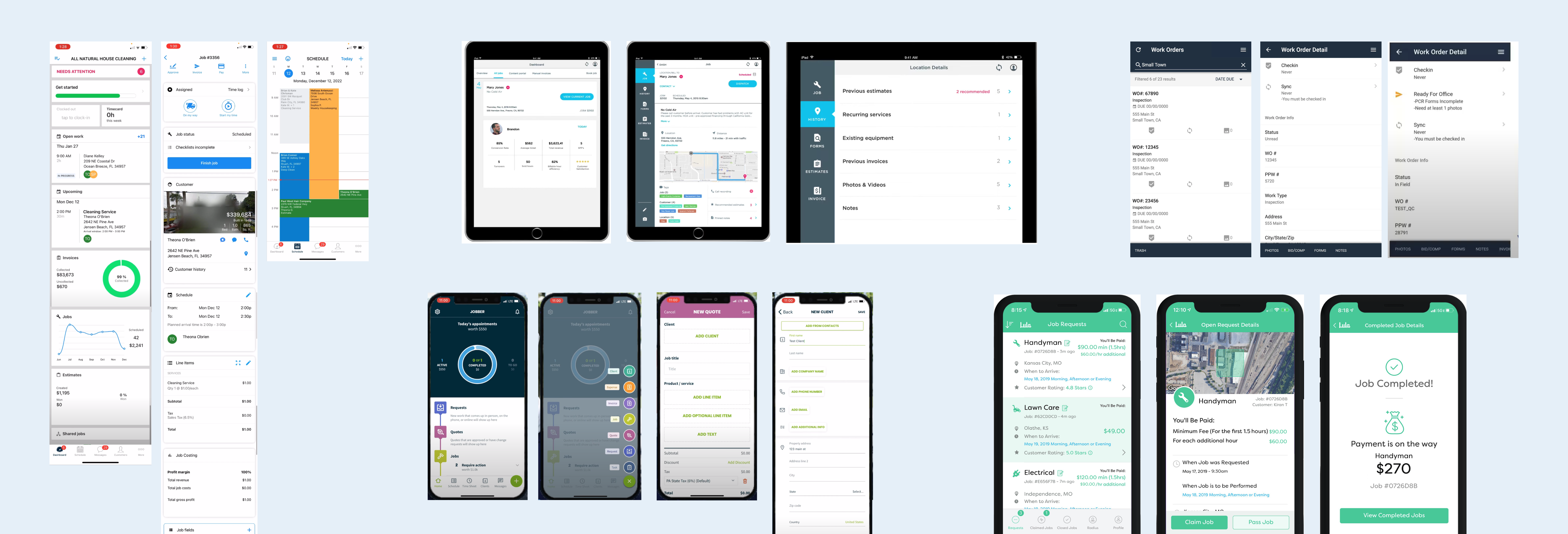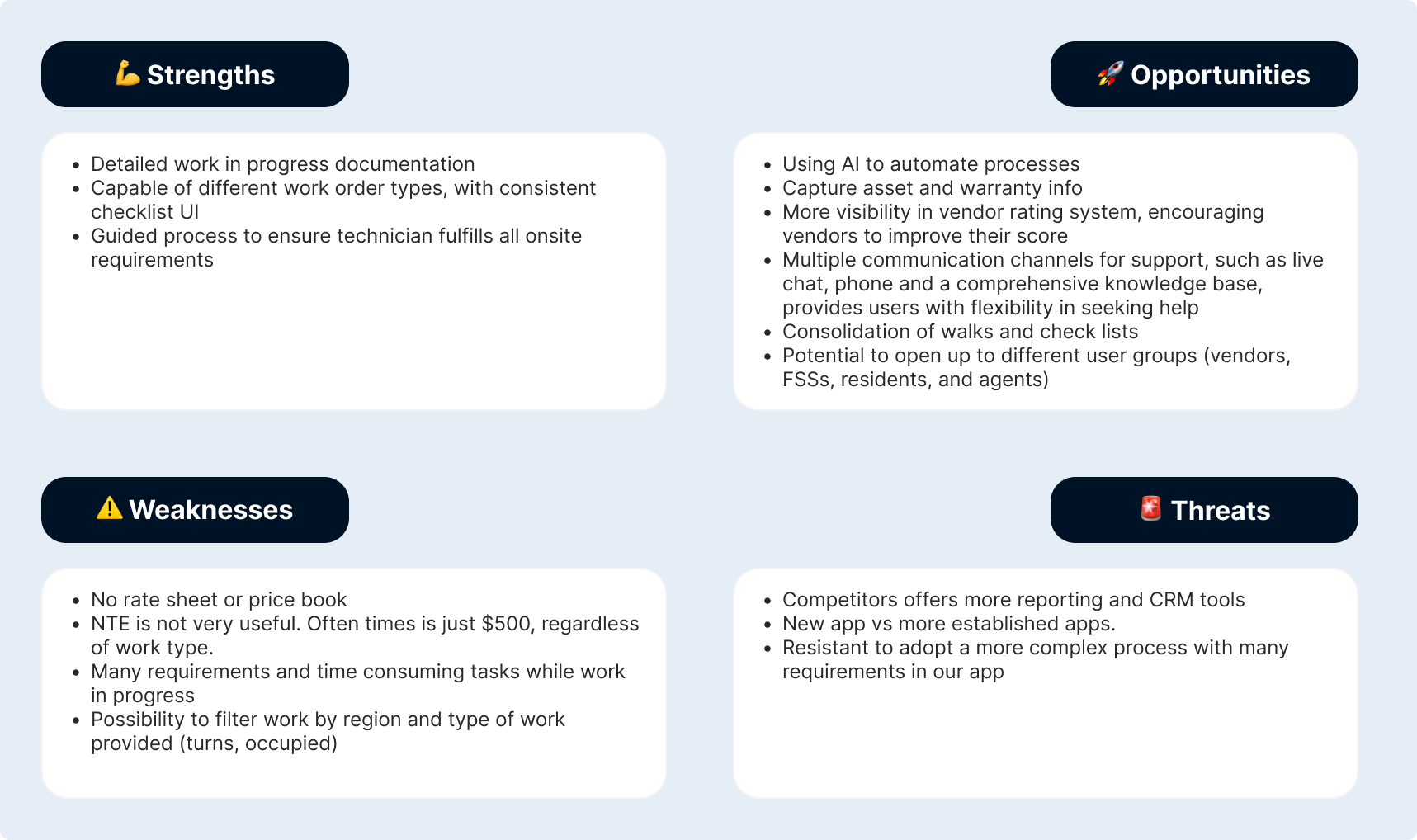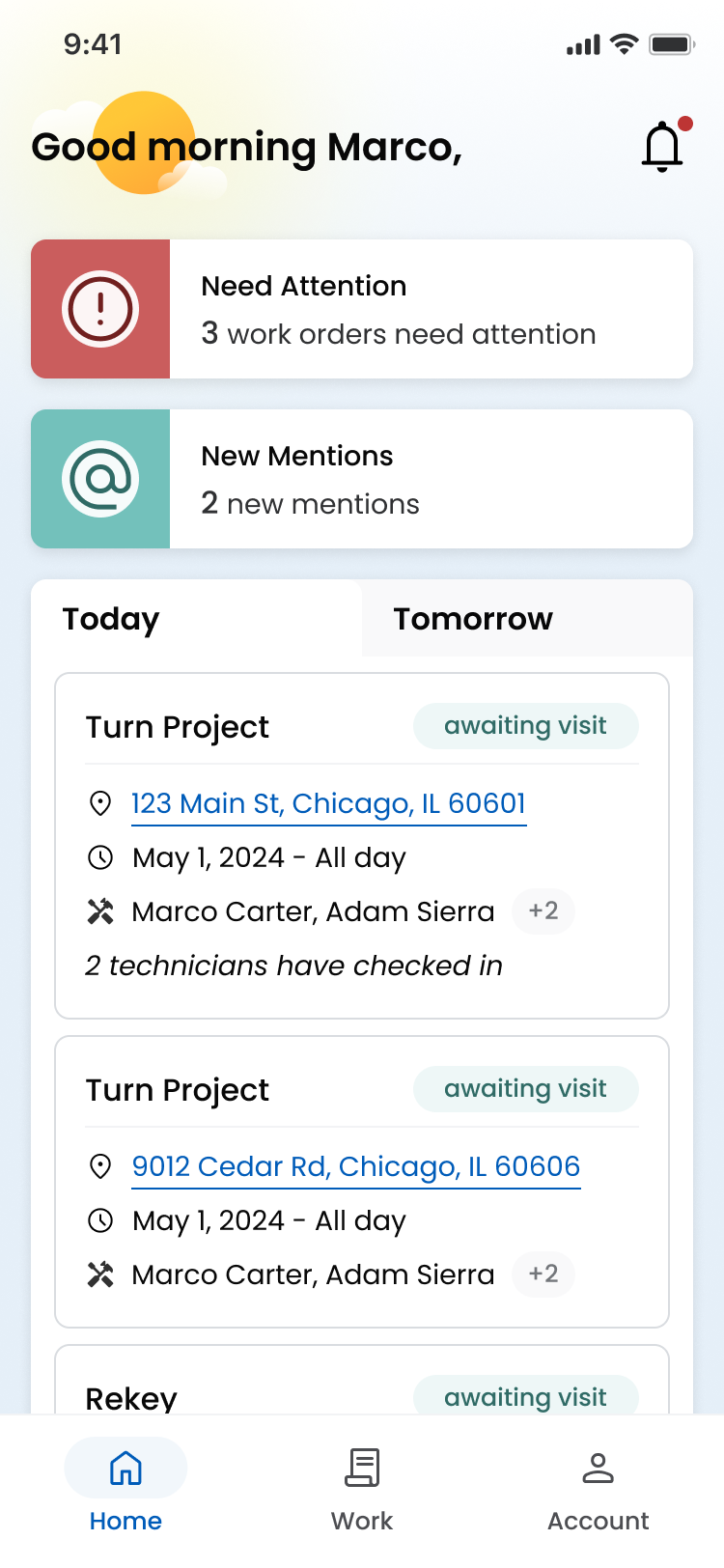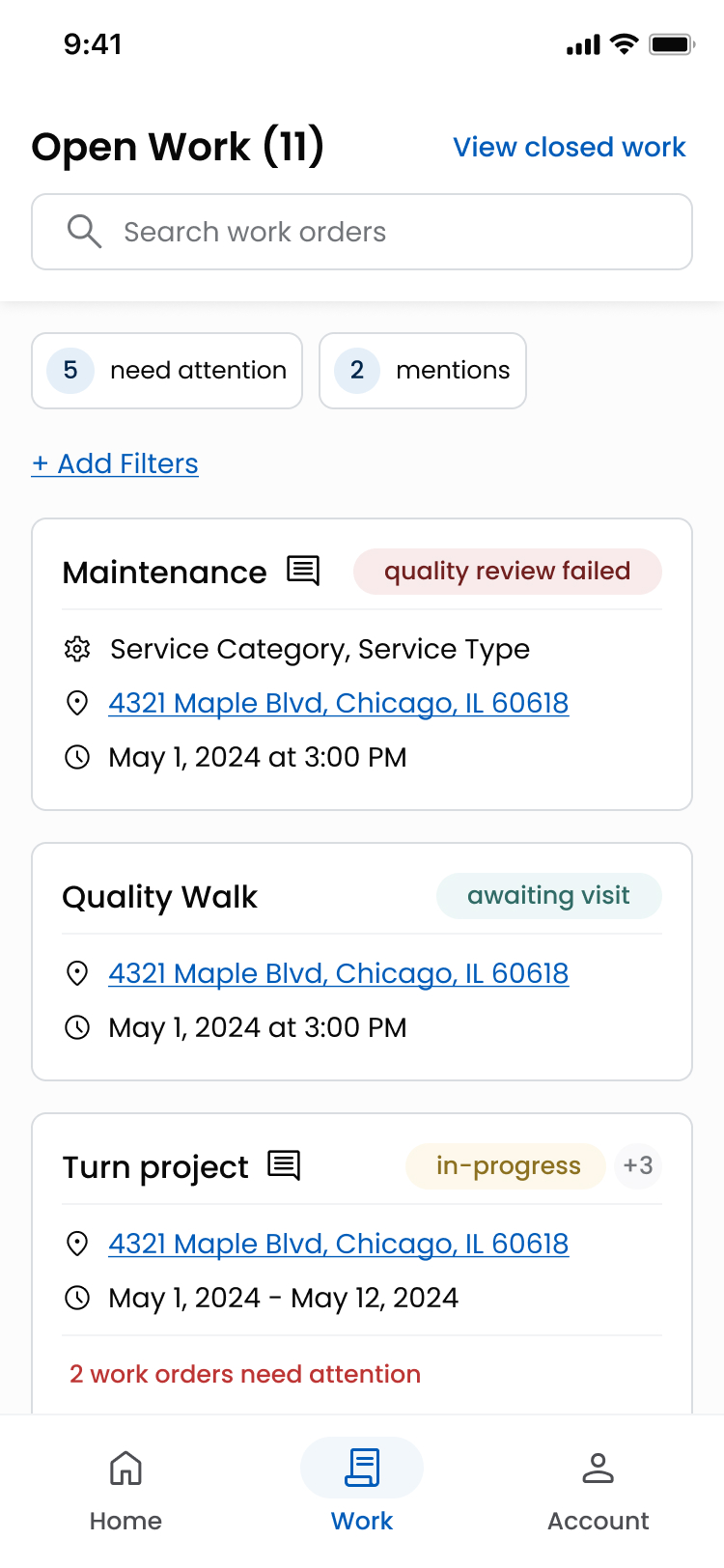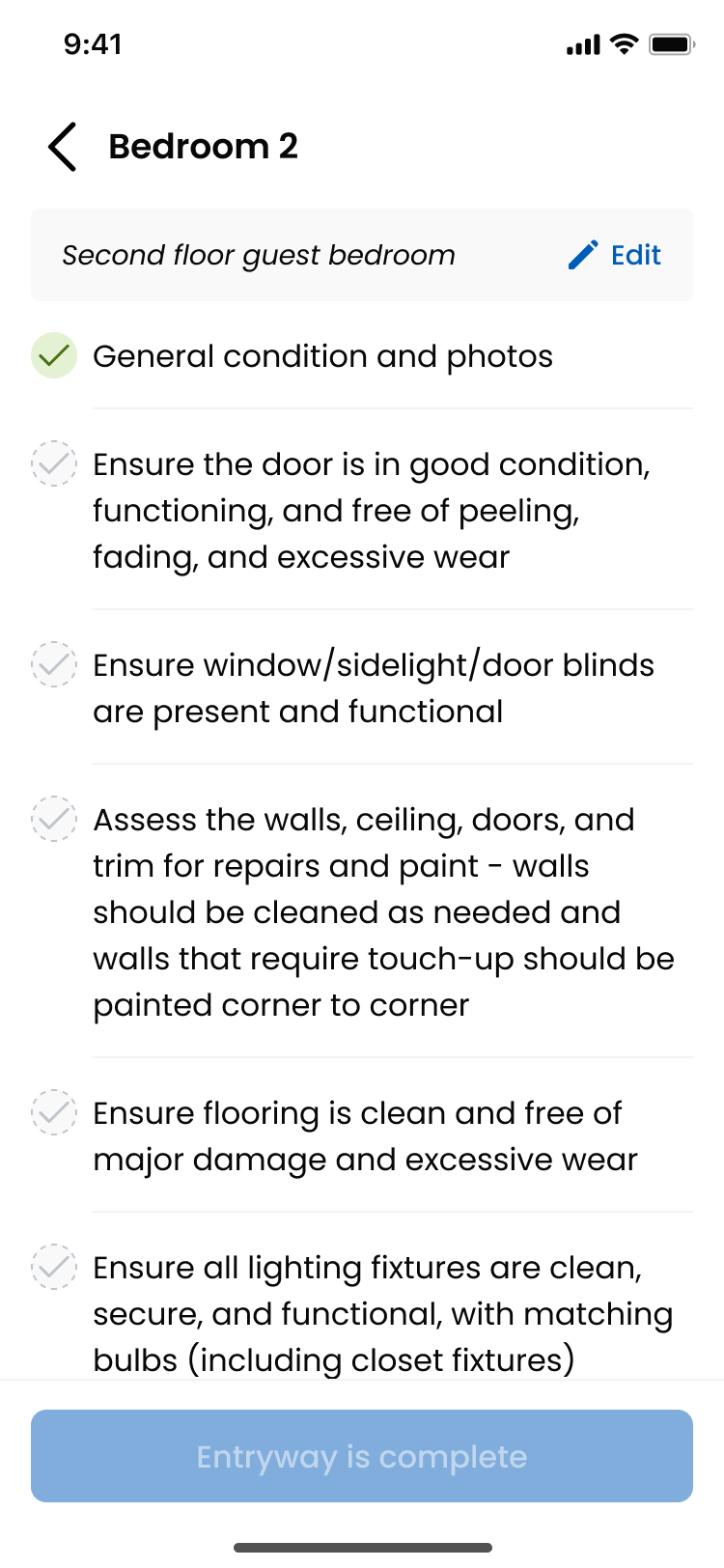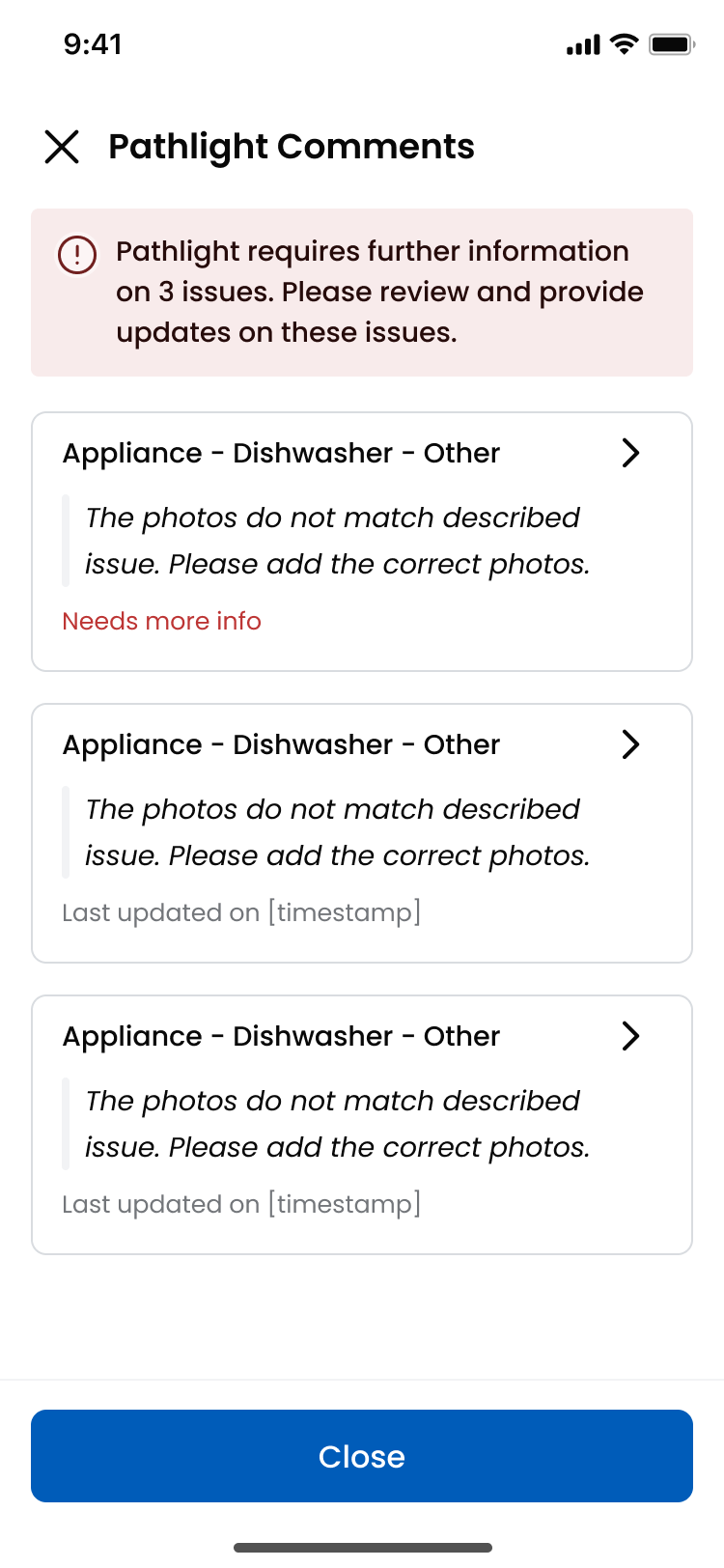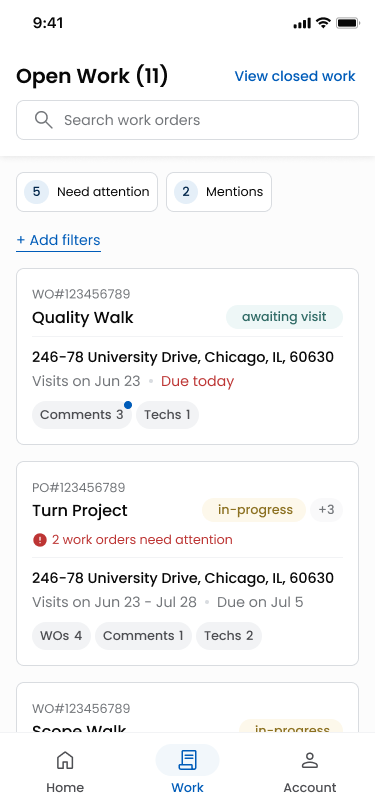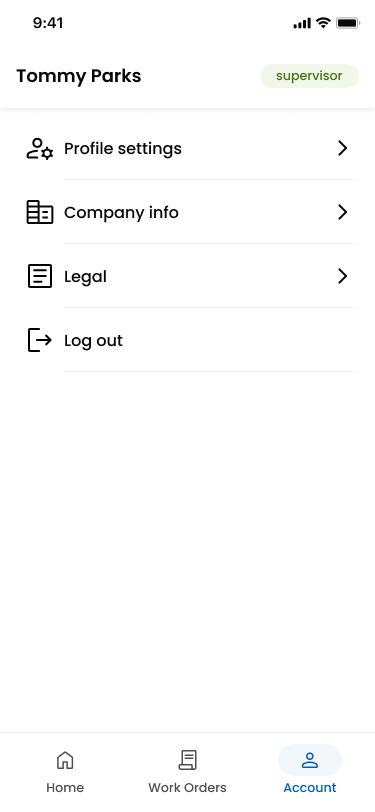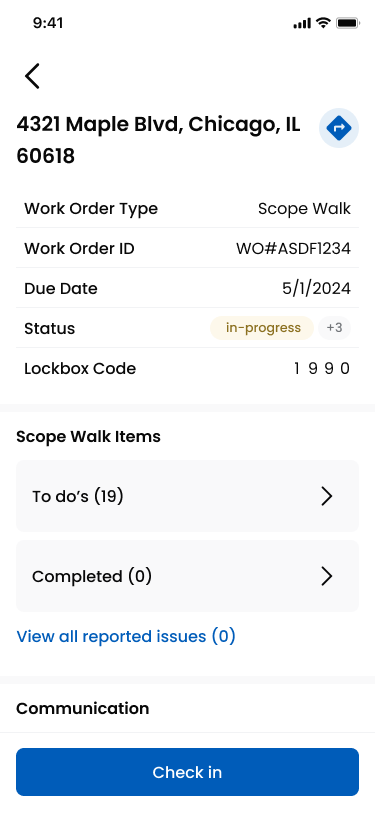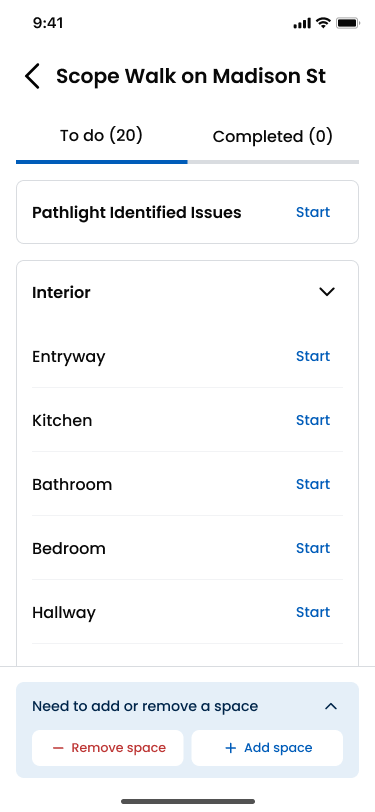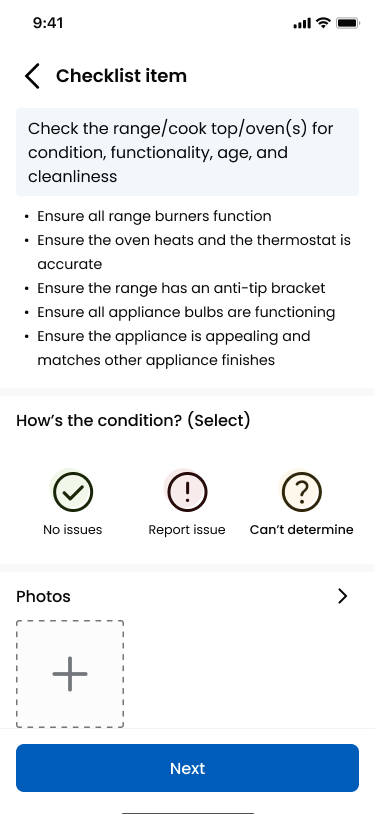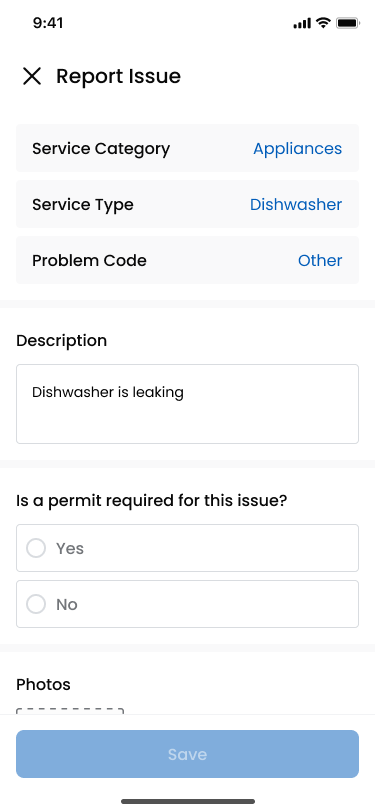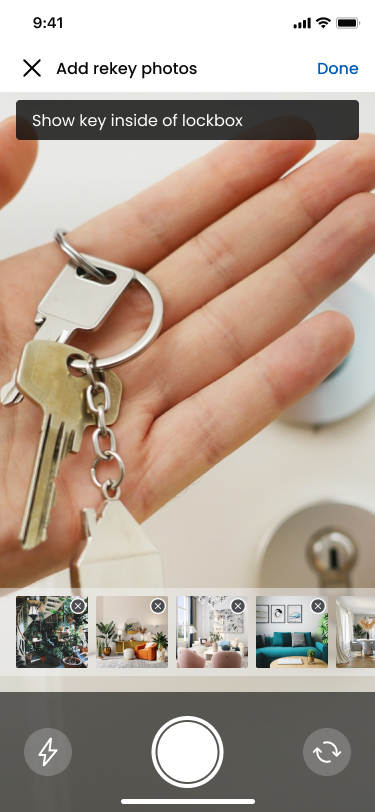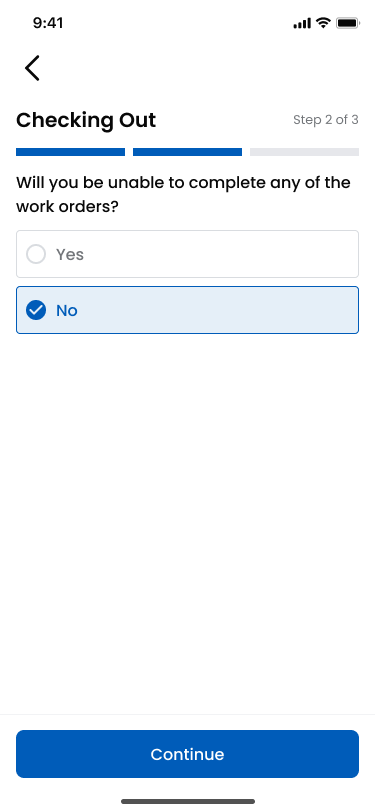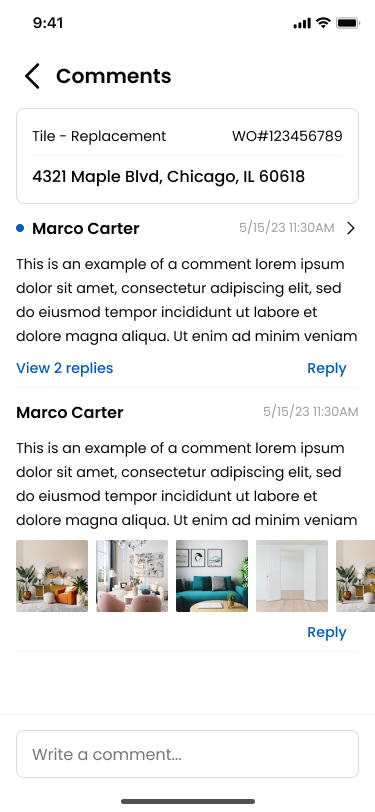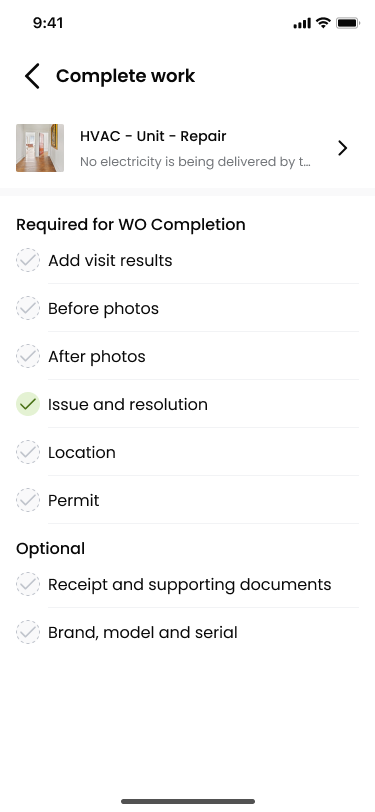CASE STUDY
Field Operations + Vendor App
This project aimed to address the inefficiencies in communication and task management between field operations teams and vendors. By designing an intuitive mobile and web app, we empowered users with tools for real-time updates, task assignments, and seamless collaboration.
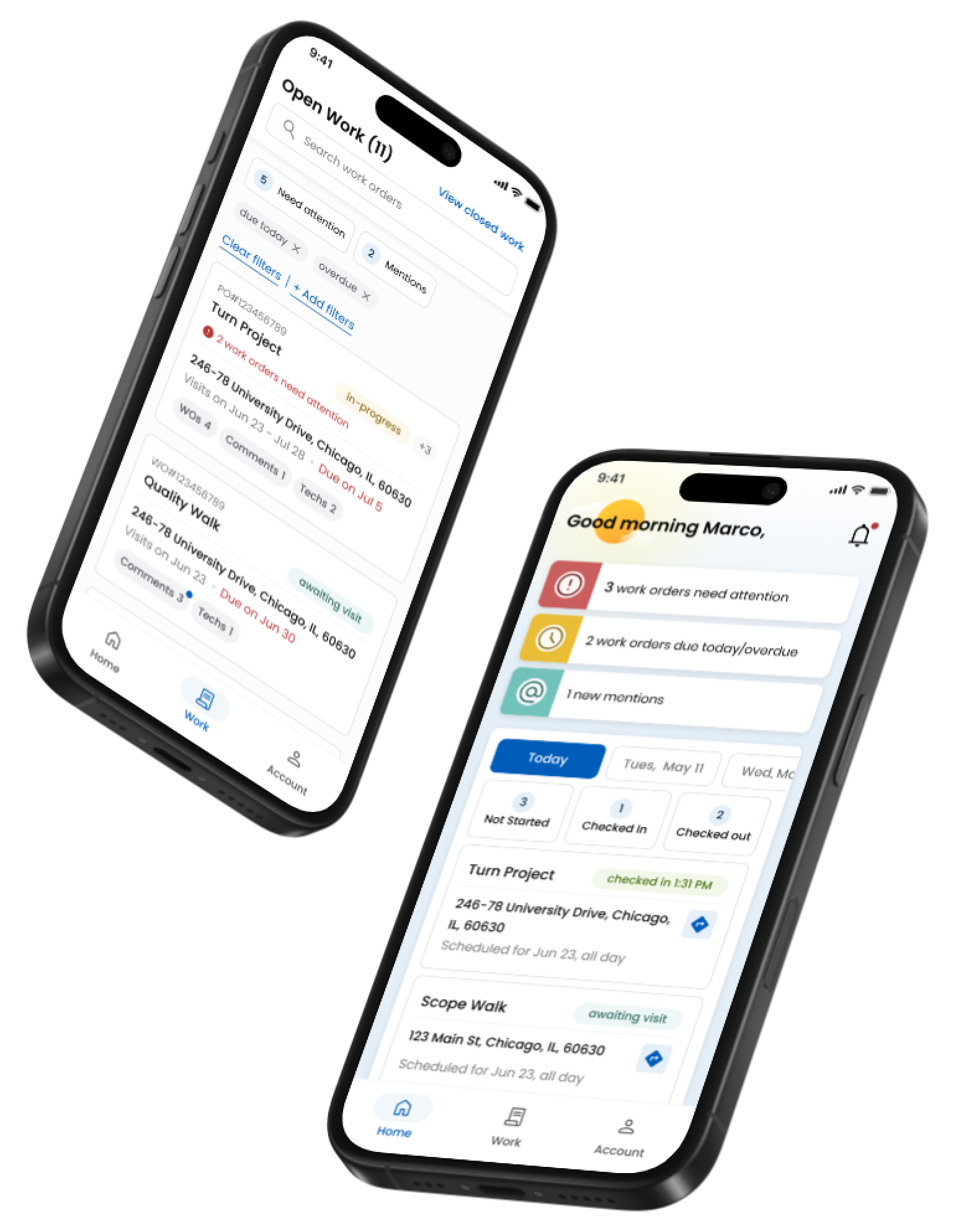
TEAM
Scrum Master
Product Manager (USA)
Product Owner (China)
UX Lead (Me)
UX Designer (USA)
Front End (China)
Back End (China)
QA (China)
Business Analyst (China)
UX/UXR methods:
Interviews
Competitive Analysis
SWOT Analysis
Affinity Mapping
Information Architecture
Wireframes
Prototypes
Usability Testing
Tools
Figjam
Figma
Dovetail
Hotjar
Userlytics
PowerBi
Zoom/Teams
Asana
Timeframe: 5 months to 95% completion
Problem:
A single-family home portfolio company with thousands of homes across the United States was facing several challenges impacting its operational efficiency, resident satisfaction, and cost management.
1. High Turnover Costs and Timelines
Turning over homes for new residents is expensive and time-consuming. On average, each turnover costs $15,000 and takes 55 days, far exceeding the company’s goal of under 30 days and $5,000 per turn. With nearly 29% of homes turning over annually, long downtime periods (10 days) and extended vacancies (9 days) are further cutting into profits.
2. Move-In Readiness
Many new residents report dissatisfaction due to issues like cleanliness, maintenance problems, and overall lack of readiness—resulting in a low satisfaction score of 45/100. These negative experiences lead to bad reviews, higher turnover rates, and operational strain.
3. Fragmented Operations
Siloed operations and poor team coordination are causing delays, miscommunication, and inefficiencies. A lack of visibility into team activities makes collaboration difficult, slowing down processes and reducing effectiveness.
Where are we missing the mark?
To understand the problems better, we talked to vendors and with the operation teams:
1. First, we talked to the vendors
We conducted interviews with vendors to identify barriers in the operational workflow:
Challenges: Vendors reported that apps often failed on-site due to connectivity issues, photos didn’t upload properly, and communication gaps existed between property managers and vendors.
Desired Improvements: Vendors expressed the need for proactive and direct communication channels, rather than relying on fragmented email threads.
Lack of guidance: Vendors highlighted insufficient clarity regarding expectations from the portfolio company during inspections, scope walks, and turns.
2. Then, we interviews our operations teams
We interviewed 13 operational teams, uncovering 200+ pain points across people, processes, and technology. To foster collaboration, I invited product team members to listen and ask questions. Key takeaways highlighted the need for standardization, better capacity management, streamlined communication, and stronger tech support.
Key findings included:
- Lack of standardization: The absence of consistent procedures for field tasks leads to delays, inconsistencies, and higher costs, ultimately impacting residents’ living conditions.
- App structure: The Scopesey app lacks a guided format, resulting in increased errors during task execution.
- Capacity limitations: Internal capacity constraints cause project delays, frustrating residents and slowing spending.
- Communication gaps: Disjointed communication across platforms (Teams, Zendesk, email) leads to missed messages, redundancies, and a poor resident experience.
- Insufficient visual evidence: Limited photographic documentation hinders audits, leading to budgeting and quality control issues.
- Manual processes: Excessive manual data entry slows operations and extends timelines.
- Scope and budget process issues: Persistent challenges in defining and managing the scope of work and budgets point to inefficiencies across people, processes, and technology.
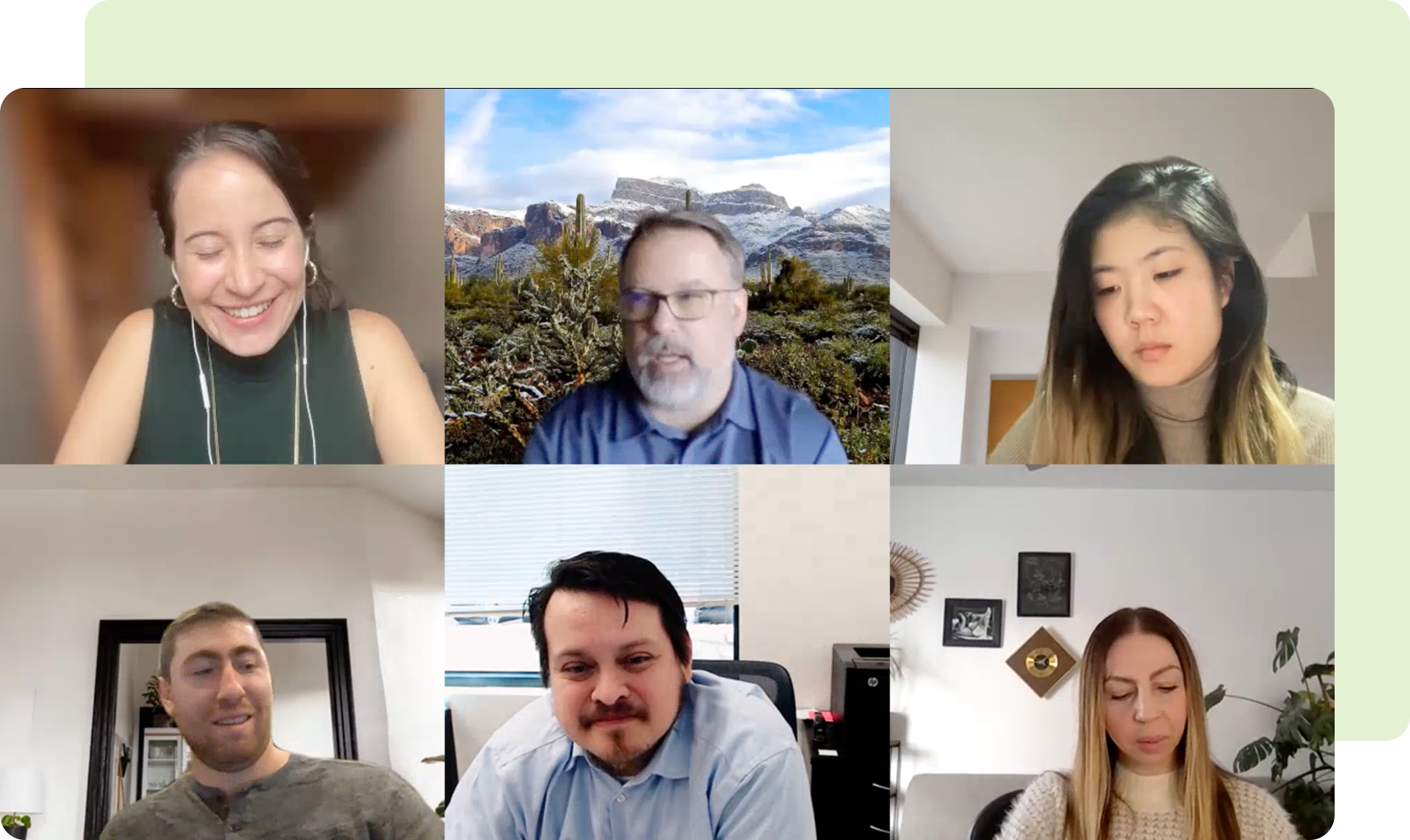
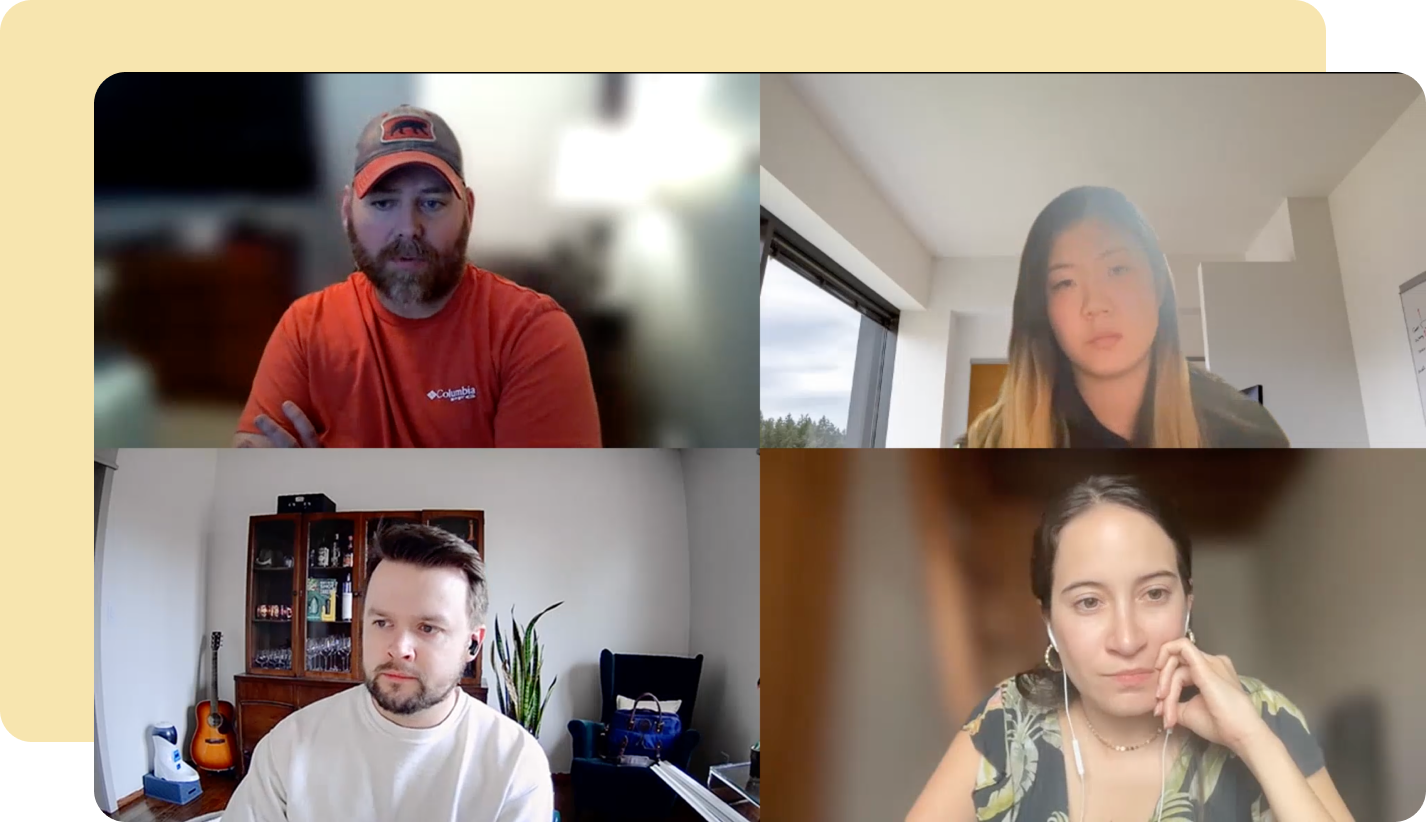
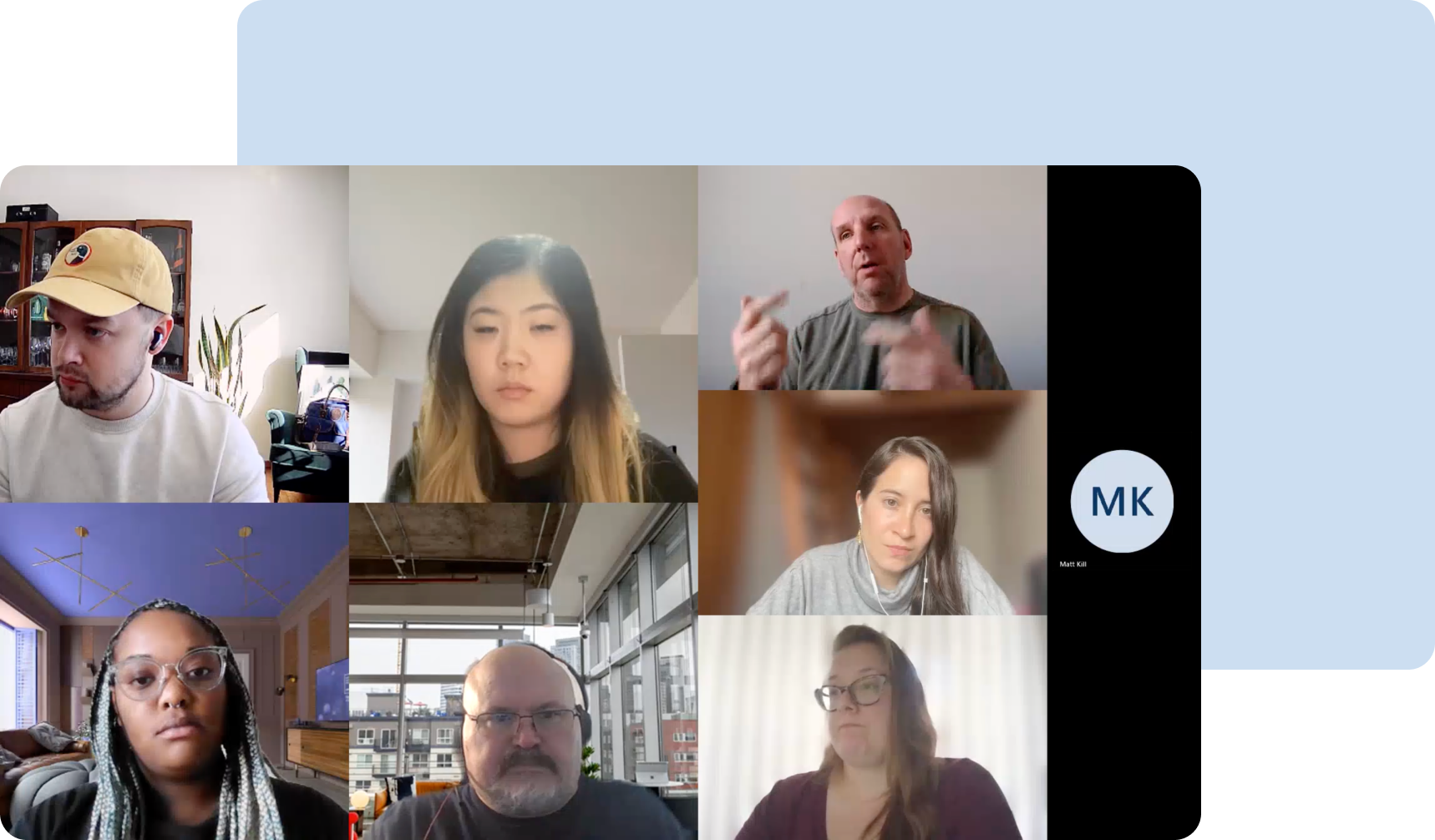
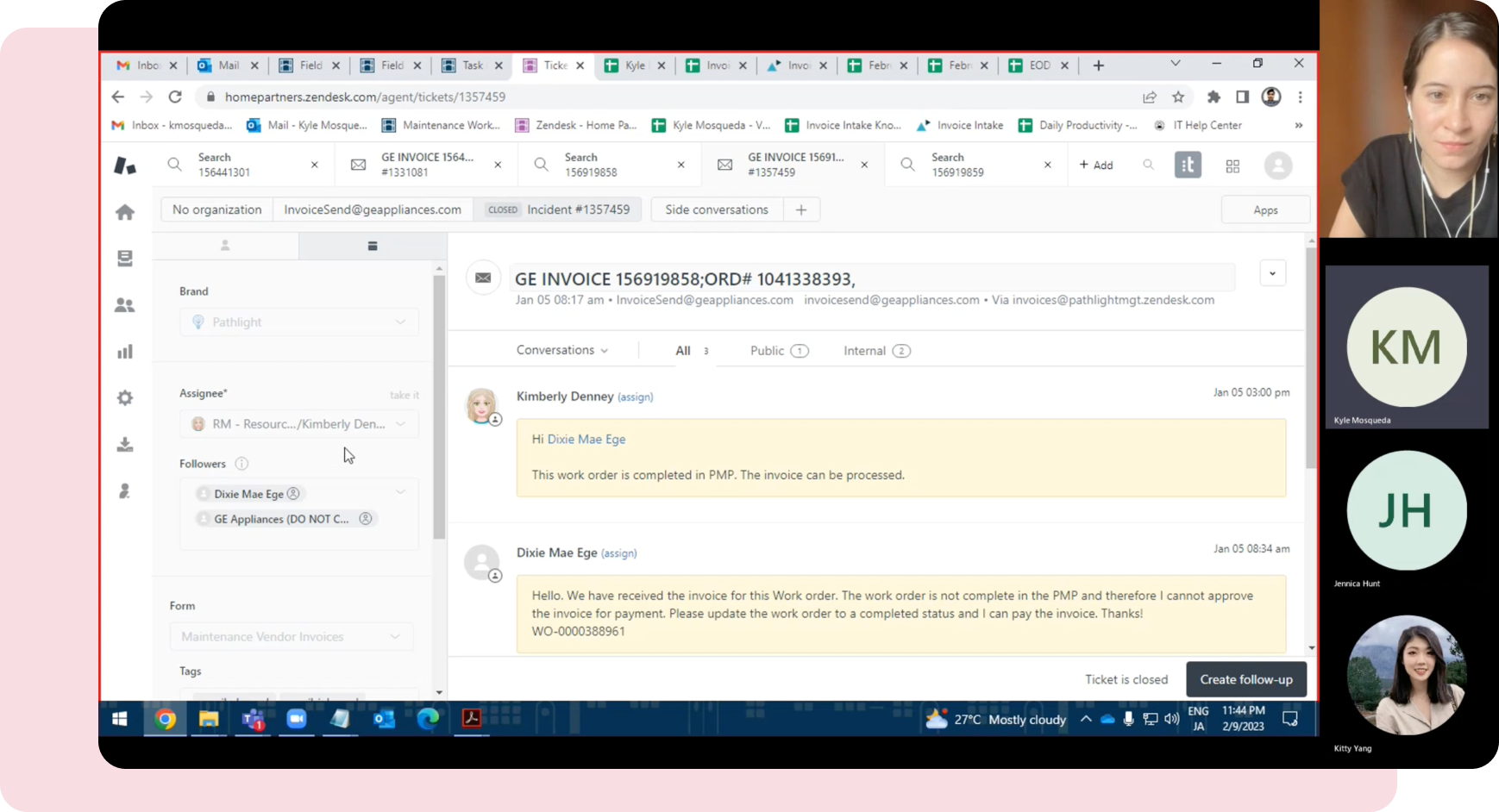
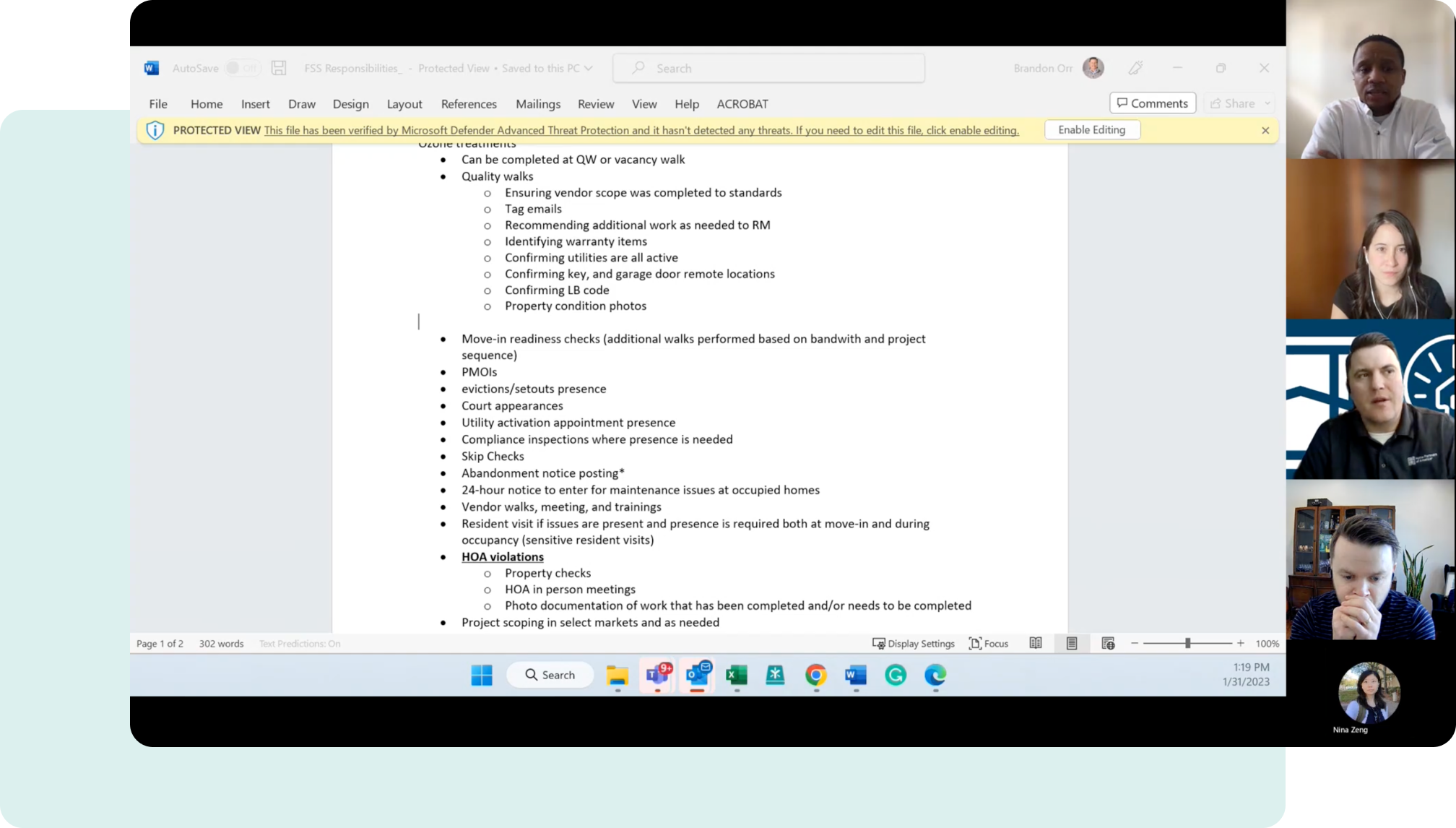
Once we identified and shared the pain points, the product team prioritized the technology-related issues based on their value and technical feasibility. The technology component was divided into two main areas: the internal platform and the vendor platform. For the remainder of this case study, we will focus on the vendor platform.
Our vendor products included:
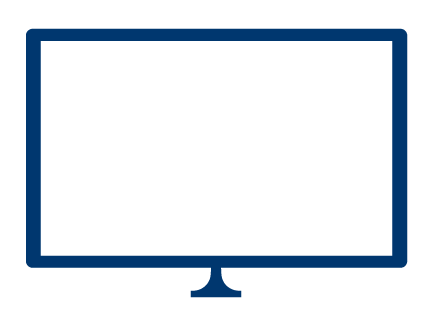
A web app that could only process maintenance requests from residents but was disconnected from the work completed prior to move-in day.
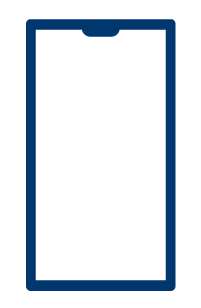
A mobile app that could handle activities before residents moved in but was unable to process maintenance requests after they moved in.
The Design
To improve communication between vendors and operations teams and provide better visibility into the work being done, the team decided to enable both the mobile and web apps to support end-to-end processes—from the moment a home becomes vacant until it is occupied. The key functionalities included:
- Guided Checklists: For scope walks, inspections, utility checks, vacancy walks, and more.
- Turn Projects: Featuring multiple work orders with timelines and dependencies to aid in project management.
- Maintenance Request Management: For work orders created by or for residents.
- Communication: Ensuring vendors know who to contact and can provide live updates to prevent delays in projects.
- Task Management: Large projects can be complex, but with task management, we can ensure that no items fall through the cracks, especially those with dependencies.
We conducted usability testing with six vendors
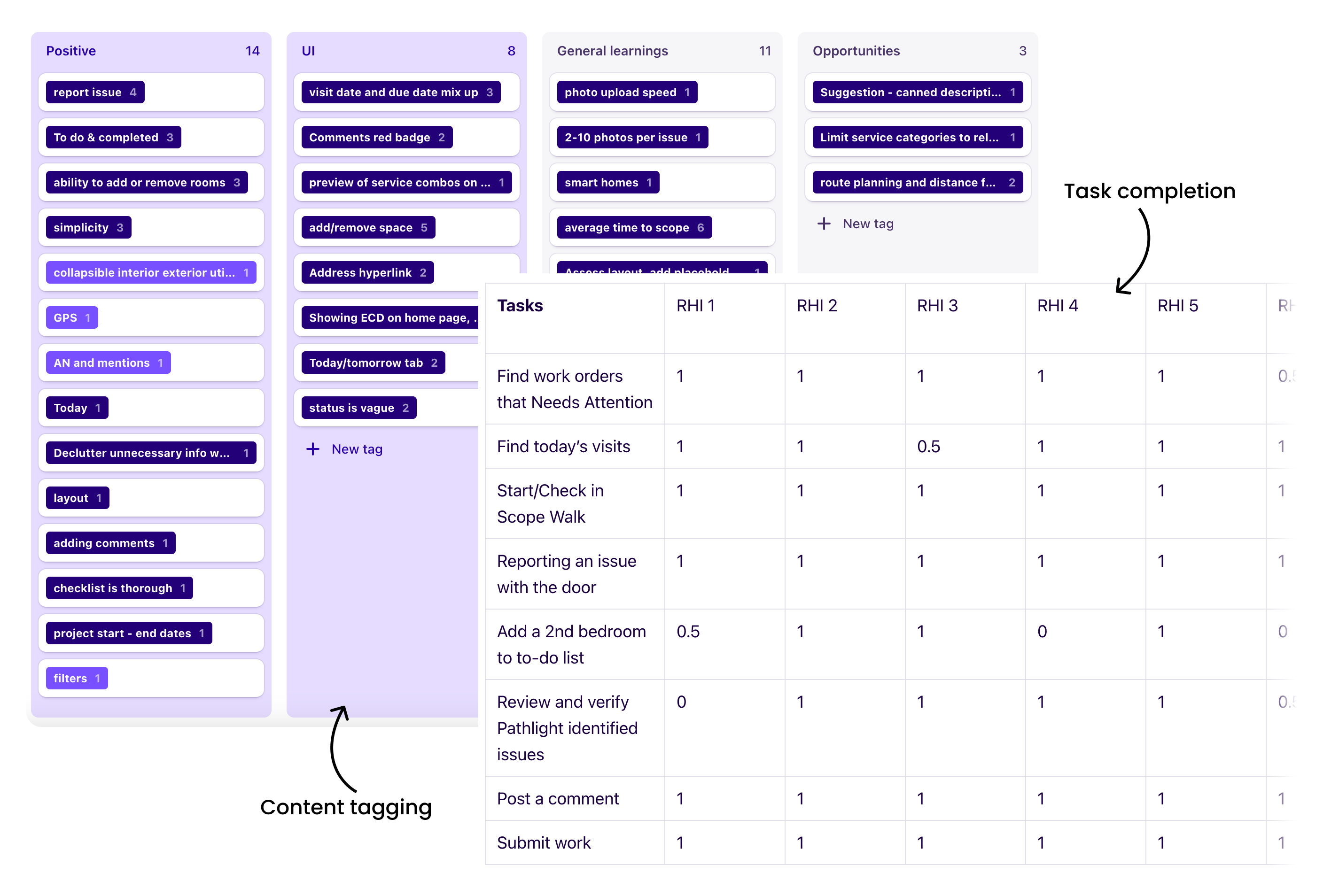
Scope: The testing of the vendor app focused on two core areas: the scope walk (main checklist) and turns. Both areas also involved evaluating the communication features and task management functionality.
Tasks completion rate: Tasks achieved a usability success rate of over 92%, with the exception of adding an additional room to the scope and reviewing previously identified issues.
Positive: Users appreciated the app’s simplicity, layout, flexibility to add/remove rooms, ease of reporting issues, and the clear separation between “To-Dos” and “Completed tasks” sections.
We got feedback on the design including …

Updates to the work order tile
- Date ambiguity: The date displayed is unclear, leaving users unsure if it represents a due date or a visit date.
- Address link issue: The address link on the card makes it difficult for users to click effectively.
- Enhanced visibility: Provide greater visibility for comments and the technicians working on the project.
- Work order identification: Bring the Work Order (WO) number to the forefront for easier identification.

Add/remove room button
The “Add/Remove Room” button blended with the background, making it difficult for users to locate.

Weekly tab
The “Tomorrow” tab wasn’t immediately recognizable as a tab to vendors. Additionally, vendors expressed a desire to see upcoming tasks beyond just the next day directly on the homepage. They suggested displaying at least five days of upcoming tasks for better planning.
We also received feedback on the checklist’s content, which we brought to the operations teams for their review. While the checklist improved standardization, it also increased scoping time. Our next step was to review and simplify the checklist to ensure it could be completed within the time given to vendors and to mark non-essential tasks as optional to streamline the process.
We were actively working on this project when our company announced a merger with a partner company. As a result, the project was paused to prioritize new initiatives, such as data migration.
Post-release plan & goals
After the app launch, our post-release plan focused on evaluating its impact and gathering feedback for continuous improvement. This included:
- Reviewing post-move-in survey results to assess improvements in the resident experience compared to pre-launch.
- Analyzing turnover downtime and costs to measure efficiency gains.
- Interviewing and surveying vendors to ensure the new app meets their needs.
Goals of our app
- ⏳ Reduce downtime from 10 days to 1–2 days by leveraging:
- 🔄 Automatic daily check-ins
- 📋 Project management tool
- 💬 In-app messaging system for faster communication
- 📈 Increase resident satisfaction score from 45 to 70 in post-move-in surveys
- ⭐ Achieve a CSAT score of at least 4.0 for the vendor app
Final designs
Key lessons
1. User experience extends beyond technology
Creating a great user experience is not always about technology. Involving all stakeholders in the research process fosters collaboration and helps build a better overall experience.
2. Balancing standardization and efficiency
While standardization enhances consistency and quality, it’s crucial to strike a balance with efficiency. Overly detailed processes, such as lengthy checklists, can slow down task completion and require careful refinement to optimize workflows.
3. The value of user-centered design
Feedback from vendors and operational teams during discovery research and usability testing was instrumental in identifying key issues, such as unclear buttons, ambiguous dates, and complex workflows. Focusing on user needs leads to a more intuitive and effective product.
